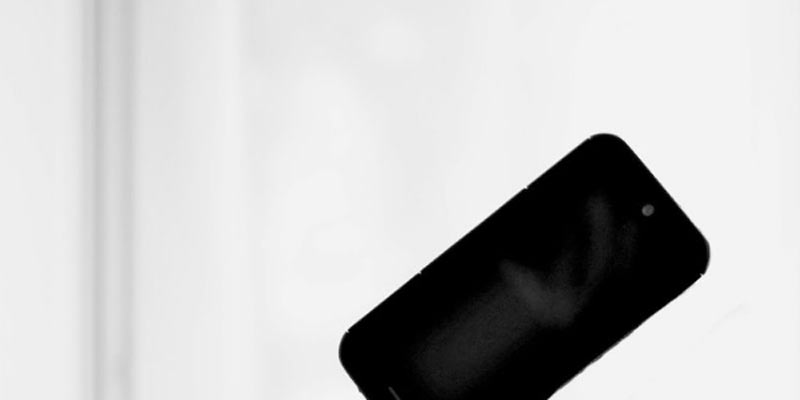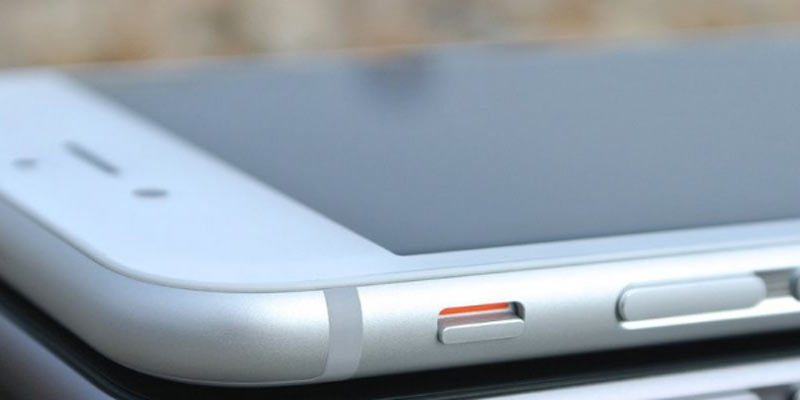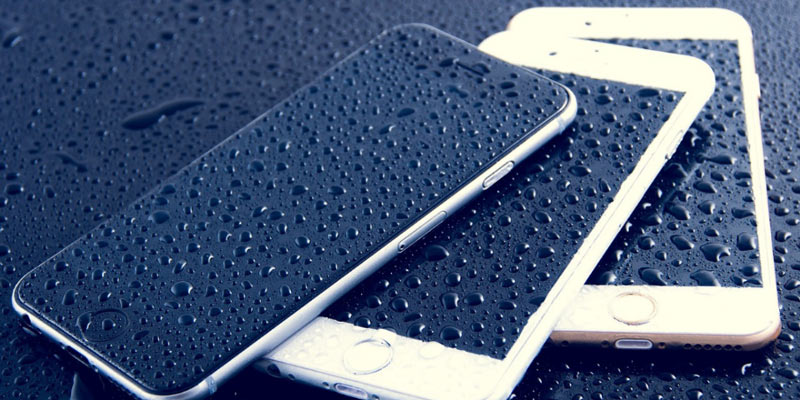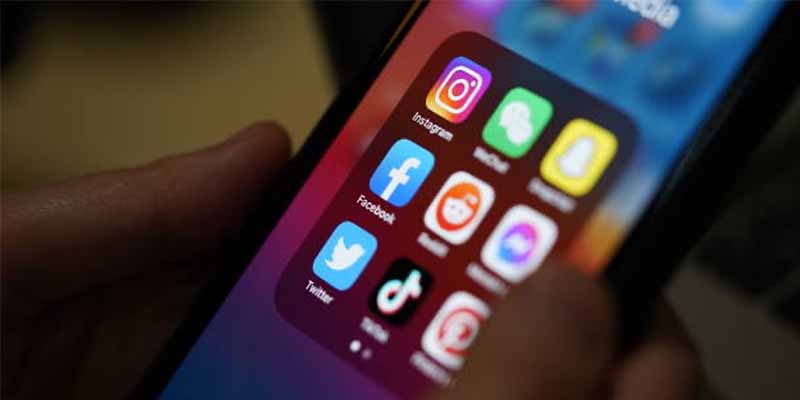While the iconic Apple iPhone has become an integral part of our daily lives, a common yet frustrating problem is the iPhone not turning on. This becomes all the more frustrating when we have no idea what the cause of the problem is. So, why does this happen, and what can we do to solve this? This article will explore the many reasons behind this issue and provide practical solutions to get your iPhone up and running again.
Whether you’re dealing with an iPhone 13 not turning on or any other model, these troubleshooting steps should help you.
What Are the Reasons Why the Apple iPhone Cannot Turn On?
If your iPhone 13 or 14 is not turning on, there can be many reasons. But the five most common and plausible explanations are as follows.
Battery Depletion
A completely drained battery is one of the most common reasons for an iPhone not turning on. If your battery is empty, your iPhone won’t respond to commands. The easiest solution is to charge your iPhone using a genuine Apple charger and cable for at least 15 minutes. If Apple’sbattery icon appears on the screen, your iPhone is charging. Let it charge completely before attempting to turn it on again.
But, one must remember that as iPhones get older, so does their batteries, and, as a result, they become less effective. Using your phone with a spoiled battery on a low charge might lead to your iPhone not turning on or charging.
Software Glitches or Crashes
Sometimes, software issues or crashes can prevent your iPhone from turning on. Corrupt system files or incompatible apps may cause these issues, or even an iOS update gone wrong can cause your iPhone to crash and shut down.
To battle this, try a forced restart by simultaneously holding down the power and volume-down buttons for a few seconds until you see the Apple logo. If this doesn’t work, you may need a factory reset using iTunes or Finder on a computer.
Hardware Problems
Even though many iPhones are advertised as waterproof or drop-proof, it is better to avoid testing the limits. Physical damage on your iPhone, such as a cracked screen or internal hardware failure, can also result in your iPhone not turning on. Water damage is also very dangerous, as even a small amount of liquid can damage crucial internal components. This ultimately leads to your iPhone being unresponsive.
The best solution for physical damage or water exposure is to contact Apple Support or an Apple Store for professional assistance. Hardware issues usually require expert diagnosis and repair. Trying to fix a physically damaged iPhone yourself will likely lead to more damage.
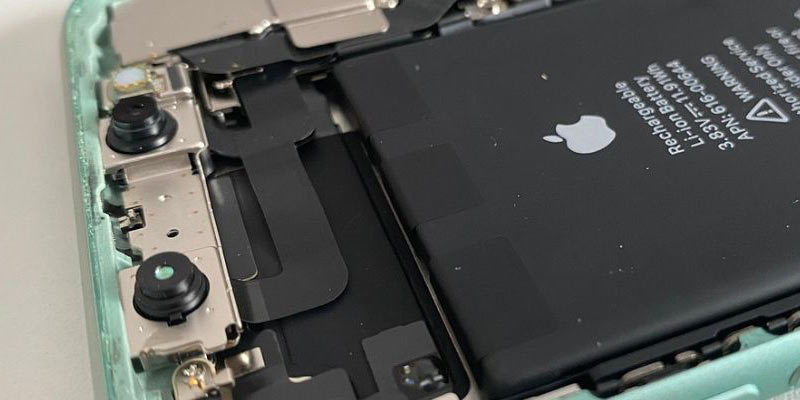
Overheating
If your iPhone becomes too hot due to prolonged exposure to direct sunlight or excessive usage, it may shut down to prevent damage. Allowing your device to cool down in a shaded area and avoid exposure to extreme temperatures will likely fix your iPhone.
However, overheating can also be a consequence of battery failure. If your iPhone turns off due to this, get it checked by a professional repairman and change the battery if possible.
System Update Errors
Failed system updates can sometimes leave your iPhone in a non-responsive state. It can cause it to crash and lead to your iPhone 14 or 13 not turning on. In this case, connect your iPhone to a computer, open iTunes or Finder, and attempt to update or restore your device. This may resolve any issues related to failed updates.
How to Solve the Shutdown Problem
If your iPhone turns off and won’t turn back on, you can try a few simple things to bring your phone back to life.
Recharge Your Battery
Low battery levels are the primary reason for iPhones not turning on. To resolve this issue:
- Connect your charger (ensure the plug is switched on!) and let your device charge for approximately 30-60 minutes to get sufficient power to restart.
- After this waiting period, attempt to power it on again.
For extended battery life, consider following these battery-saving recommendations.
- Disabling push notification
- Turning on Low Power Mode
- Turning off Bluetooth
- Turning off location settings
- Turning off the background app refresh
- Turning down the screen brightness
Additionally, it’s a good practice to test your iPhone with different chargers to eliminate potential cable-related problems. If you suspect a malfunctioning battery, visit an Apple product retailer to get a replacement.
Pro tip: Some iPhones may exhibit charging issues with wall chargers. In this case, connect to a computer to check if your iPhone charges successfully!
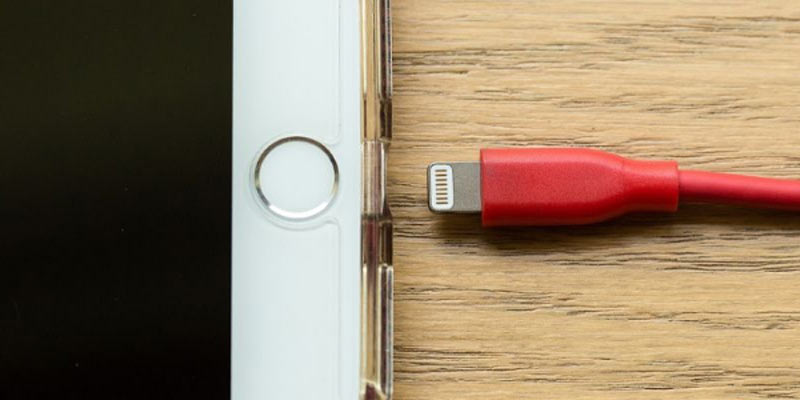
Perform a Forced Restart
As mentioned earlier, a forced restart can often resolve software-related issues. This action simulates a battery disconnect, which can clear temporary glitches. Press and hold the power and volume down buttons on your iPhone simultaneously for about 10 seconds until you see the Apple logo.
Check for Physical Damage
Inspect your iPhone for physical damage, such as a cracked screen, dents, or liquid exposure. Such issues may require immediate attention from a professional. Contact Apple Support or an Apple Store for repair options if you find physical damage. If you drop your phone and you dont see outer physical damage, it is better to check if there is any internal damage. First, check whether your iPhone works by calling it. If you sense an issue, get it checked.
Reset Settings
If your iPhone turns on but exhibits abnormal behavior, such as constant freezing or app crashes, you can try resetting all settings. Go to Settings > General > Reset > Reset All Settings. This will not erase your data but restore your settings to their defaults.
DFU Mode Restore
If all else fails and your iPhone won’t turn on, you can perform a DFU (Device Firmware Update) mode restore using iTunes or Finder. To do this, connect your iPhone to a computer, open iTunes or Finder, and follow the instructions for a DFU mode restore. But remember to keep a backup of all your data as a DFU will use your files to erase.
How to Make an Appointment for Apple Repair
If none of the above solutions work, it’s time to contact Apple Support or visit an Apple Store or an Authorized Service Provider. The professionals at Apple Repair have the expertise and tools to diagnose and resolve complex iPhone hardware and software issues. Here’s how you can make an appointment for Apple repair:
Apple Support Website
- Visit the Apple Support website (https://support.apple.com/) and navigate to the “Get Support” section.
- Follow the prompts on the site to select your iPhone model and the issue you’re experiencing.
- You can contact Apple Support, schedule an appointment with your local Apple Store or service provider, or send your device for repair.
Apple Store App
- If you have already installed the Apple Store app on another Apple device, open it.
- Tap the “Shop” tab at the bottom and scroll down to the “Get Support” section.
- Follow the on-screen instructions to schedule an appointment at a local Apple Store or service provider.
Visit an Apple Store Directly
The last option is to locate the nearest Apple Store using the Apple Store Locator on their website or in the Apple Store app. Walk into the store and call an Apple employee to schedule a repair appointment. This way, you’ll be able to observe exactly what went wrong with your device and how to fix it.

Takeaway Point
When your iPhone stops turning on, it can be a frustrating experience, but it’s essential to diagnose and resolve the issue systematically. Common reasons include a drained battery, software glitches, or hardware problems. You can attempt to solve these issues by charging your device, performing a forced restart, or resetting settings. However, for more severe problems or hardware issues, it’s advisable to seek professional help from an Apple Store or support center.
Ultimately, it is normal for your iPhone device to stop working or responding. In cases like these, it is best to seek immediate help and prevent the “iPhone not turning on” problem in the future.
